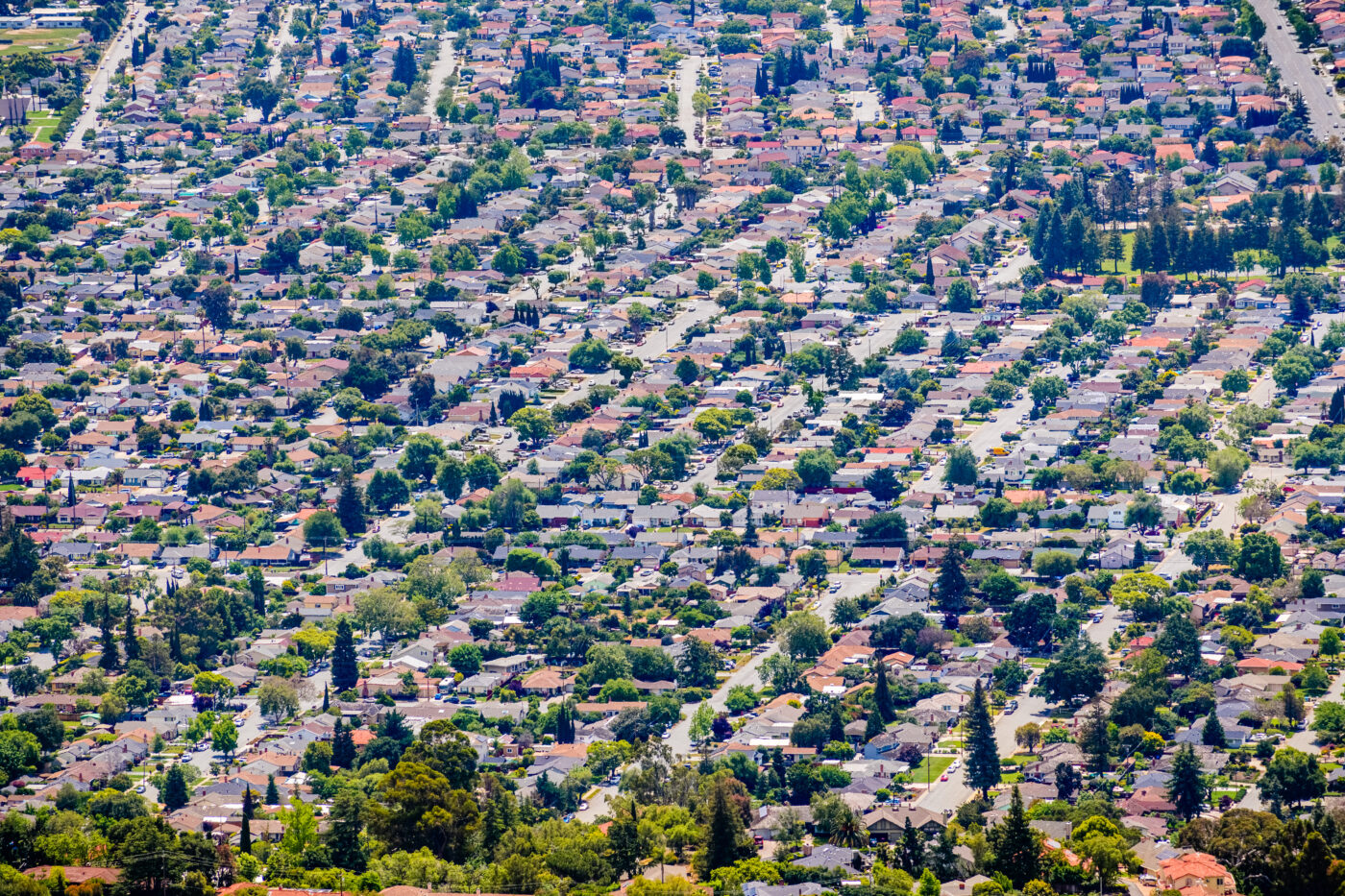As California grapples with the ongoing housing crisis, developers in the Bay Area are utilizing a perceived legal loophole to downsize projects, invoking a penalty on cities without approved state-mandated housing plans.
San Jose developers are employing the “builder’s remedy” to scale down proposed housing projects due to challenging economic conditions, frustrating city leaders and potentially setting a precedent for other cities in the region to follow suit, the Mercury News reported.
One development, initially planned near the Berryessa BART station, was intended to accommodate up to nearly 3,500 housing units and vast commercial space.
However, the current proposal only includes 451 townhomes, 399 apartments, and 90 condominiums, alongside 45,000 square feet of commercial space.
The city’s planning department disclosed that out of 19 builder’s remedy proposals, eight projects are aiming for a reduction in the number of housing units, although precise figures on San Jose’s potential unit loss remain undisclosed.
San Jose Councilmember David Cohen expressed frustration, asserting that developers are exploiting an unintended loophole in the builder’s remedy law. Cohen estimates that approximately 5,000 housing units could be lost as a result of this practice. He emphasized that the initial purpose of the builder’s remedy was to prompt housing development, not downzoning, a practice that hadn’t been anticipated.
Mayor Matt Mahan shared Cohen’s concerns, emphasizing the need for denser housing developments near transit, especially considering the city’s substantial investments in transit infrastructure. In contrast, Erik Schoennauer, the land-use consultant for the flea market project, cautioned against waiting for improved economic conditions, highlighting the uncertainty surrounding future market conditions.
The denial of San Jose’s plans to construct over 60,000 homes in the next decade by California regulators in August has further exacerbated the city’s housing challenges. Insufficient public input on the city’s plans was cited as the primary reason for the rejection. This rejection, coupled with the potential implications of the builder’s remedy, puts San Jose at risk of losing affordable housing and transportation funding.
The economic downturn, particularly the inflated building market and soaring construction costs, has significantly hindered residential development in San Jose. A commissioned study in October revealed that developers would incur significant financial losses per unit in both market-rate and affordable housing projects across the city, further discouraging ambitious construction endeavors.
Schoennauer attributed the downsizing of projects to a lack of demand for office spaces and investor preference for townhome-style constructions, given the current economic landscape.
The original plans for the flea market development entailed substantial infrastructure costs, rendering the project financially unfeasible. Notably, agreements made with the flea market’s vendors and the proposal to dedicate 20 percent of housing units to lower-income households signify attempts to balance the commercial and social aspects of the development. Additional project sites in San Jose have similarly downsized their housing units, indicative of a broader trend in the city.
— Ted Glanzer
